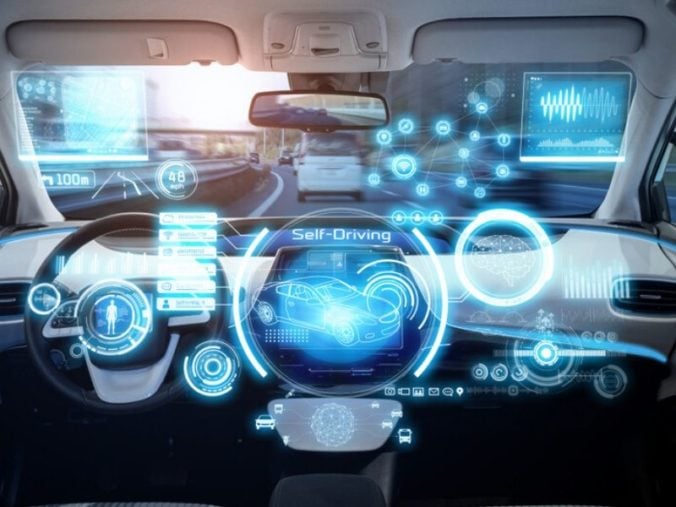In the evolving landscape of transportation, vehicles have transcended their traditional roles to become interconnected, smart devices on wheels. This advancement, while revolutionary, introduces new vulnerabilities that can be exploited by cyber threats. The National Motor Freight Traffic Association (NMFTA) emphasizes the critical need for robust cybersecurity measures in the transportation sector. Here are three compelling reasons why vehicles require cybersecurity, aligning with the perspectives and initiatives spearheaded by the NMFTA.
1. Protection Against Unauthorized Access and Control
Modern vehicles are equipped with a myriad of wireless connectivity options, including Bluetooth, Wi-Fi, and cellular connections, which serve to enhance user experience and vehicle functionality. However, these gateways can also serve as entry points for hackers. The potential for unauthorized access and control poses not just a privacy risk but a significant safety hazard. Hackers can exploit vulnerabilities to remotely control vehicle functions, from navigation systems to critical components like brakes and engines. The NMFTA has been at the forefront, advocating for standards and practices that ensure secure communication protocols and system hardening to mitigate these risks. By adopting cybersecurity measures, the industry can safeguard against unauthorized access, ensuring that control of the vehicle’s systems remains firmly in the hands of its rightful users.
2. Ensuring the Integrity of Vehicle Systems and Data
Vehicles today are not just modes of transport; they are also data centers on wheels. They collect, process, and store vast amounts of data, from personal information to real-time performance metrics. This data, if compromised, could lead to severe privacy breaches and manipulation of vehicle performance. Cybersecurity measures are essential to protect the integrity of these systems and the data they handle. The NMFTA stresses the importance of encryption, regular software updates, and vulnerability assessments to defend against data breaches and ensure that the vehicle operates as intended. By securing vehicle systems and their data, stakeholders can prevent malicious actors from exploiting sensitive information and ensure that the vehicle remains reliable and safe for its users.
3. Supporting the Future of Autonomous and Connected Vehicles
The future of transportation is headed towards greater autonomy and connectivity. Autonomous vehicles, reliant on complex algorithms and constant data exchange to navigate and make decisions, represent the pinnacle of this evolution. The NMFTA recognizes that this future is only sustainable if cybersecurity evolves in tandem with these technologies. Cybersecurity measures are foundational to the trust and reliability of autonomous systems, ensuring that they can operate safely and efficiently without human intervention. This encompasses everything from secure software design practices to resilient communication networks that can withstand cyber attacks. As vehicles become more autonomous and connected, the role of cybersecurity in maintaining public safety and confidence in these technologies becomes increasingly indispensable.
In conclusion, the imperative for cybersecurity in vehicles is clear. From protecting against unauthorized access to ensuring the integrity of vehicle systems and data, and supporting the future of autonomous and connected vehicles, cybersecurity measures are essential. The NMFTA’s focus on these aspects highlights their importance in fostering a safe, secure, and reliable transportation ecosystem. As we advance into a new era of mobility, the commitment to cybersecurity will be a critical determinant of success.





